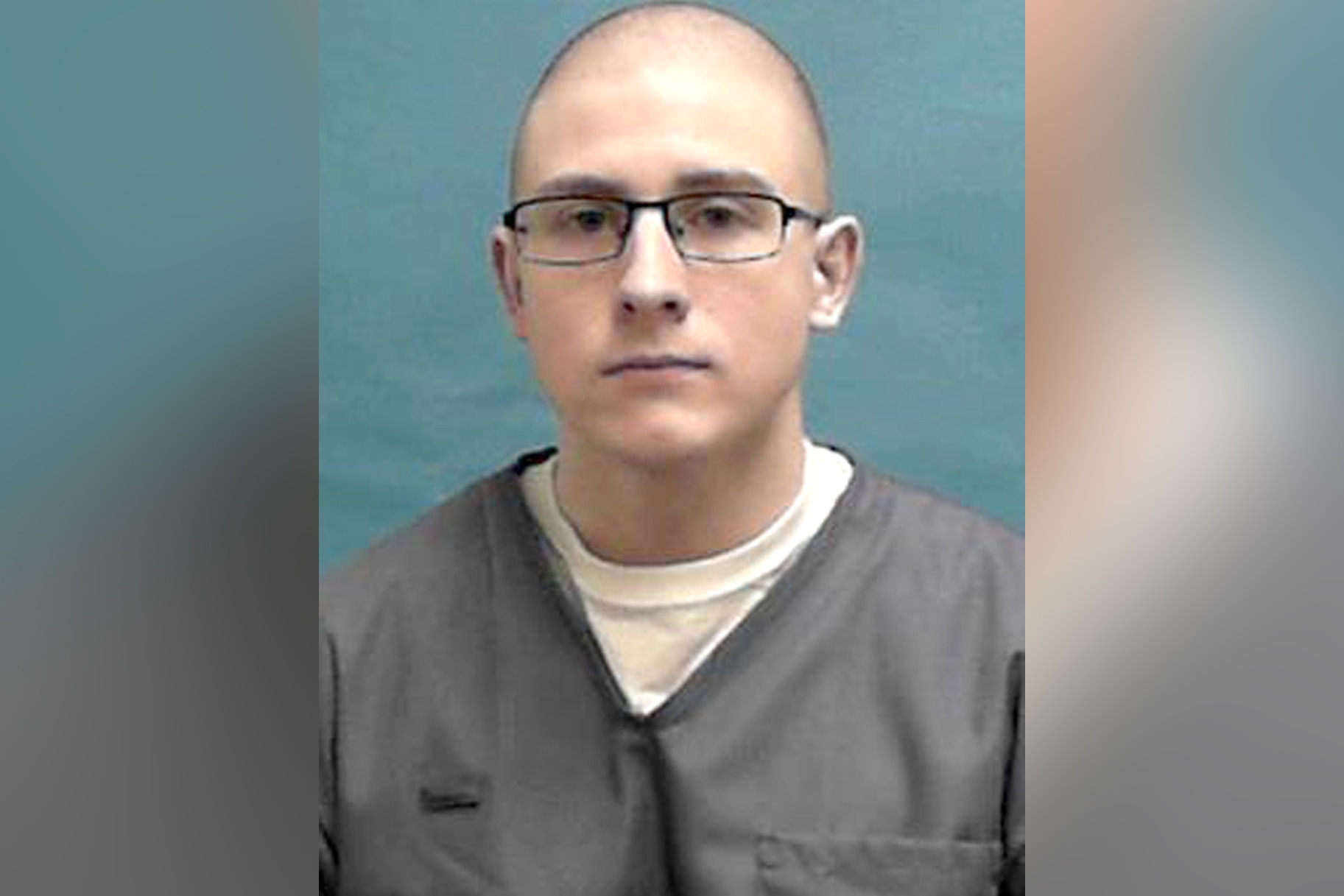Create a free profile to get unlimited access to exclusive videos, breaking news, sweepstakes, and more!
Can You Commit Murder While Sleepwalking, As Randy Herman Claimed He DId?
Randy Herman Jr. claimed he was sleepwalking when he killed his friend Brooke Preston, but the director of "Dead Asleep" says we may never know for sure if that is true.

A new documentary that focuses on a man who claims he brutally and repeatedly stabbed his childhood friend while he was asleep asks a larger question: can someone really commit a crime like homicide while they are asleep?
“Dead Asleep” dives into the 2017 murder of Brooke Preston, 21, who was stabbed more than 20 times by her roommate and longtime friend Randy Herman Jr., then 24. During his Florida trial, Herman’s defense tried unsuccessfully to claim that he was not guilty by reason of insanity; they argued that insanity in this particular case referred to a sleep disorder that allowed him to kill while sleeping.
But, the jury didn’t buy it. He was convicted and sentenced to life in prison in 2019. Herman, now 28, filed a motion in November to have his conviction vacated. He claims that his lawyers made a mistake by classifying sleepwalking as mental illness and coached him to seek an insanity defense. He still claims he was sleepwalking when he committed the murder, but he claimed in his motion that his defense failed to consult with and present an expert witness in forensic sleep science and failed to present a witness who could have testified about his apparent history of sleepwalking.
So, was he really asleep? And even if he wasn't, have others killed while sleepwalking?
"Dead Asleep" director Skye Borgman told Oxygen.com in a December interview that it may be "impossible" to really know.
“Can it be proven scientifically? No, because there is no sort of retroactive test that can determine whether or not somebody was sleepwalking when an act occurred,” she said, adding that perhaps it would be possible if that person was under examination with nodes attached to their brain when the murder occurred.
Scott Falater was dubbed the “Sleepwalking Killer” after stabbing his 41-year-old wife Yarmila Falater 44 times in 1997. The Arizona man not only claimed he was asleep during the stabbing, but stayed asleep when he continued the attack by drowning his wife in their Arizona backyard pool. The defense didn't go over well and he was convicted in 2000 of first-degree murder. More recently, Texas man Raymond Lazirene tried to claim he was sleepwalking when he fatally shot his 63-year-old wife half a dozen times. He was found guilty of murder in 2019.
One infamous case in which a jury actually did believe the sleepwalking defense was during the Canadian trial for the 1987 murder of Barbara Ann Woods and the wounding of her husband Denis Woods. Their son-in-law Kenneth Parks apparently drove to their Ontario home and brought in a tire iron from his trunk, which he used to bludgeon Barbara to death, in addition to stabbing her with a kitchen knife, the Chicago Tribune reported in 1988. He also choked Denis, who survived the attack. Jurors in that case agreed with the defense and acquitted Parks after determining that he was likely sleepwalking during the attack.
While the use of the sleepwalking defense in court is indeed rare, some experts seem sure that crimes committed while sleeping is a very real phenomenon.
"The condition exists and there are cases of people committing crimes," Dr. Ralph Palumbo, medical director for the International Institute of Sleep, told the South Florida Sun-Sentinel in 2012. That article cited a 2006 case in which a jury in Orlando acquitted a 28-year-old man who was accused of fondling a 12-year-old girl's upper thigh. Several witnesses testified that he had a history of sleepwalking and as a result the jurors decided he was not legally responsible for his actions.














